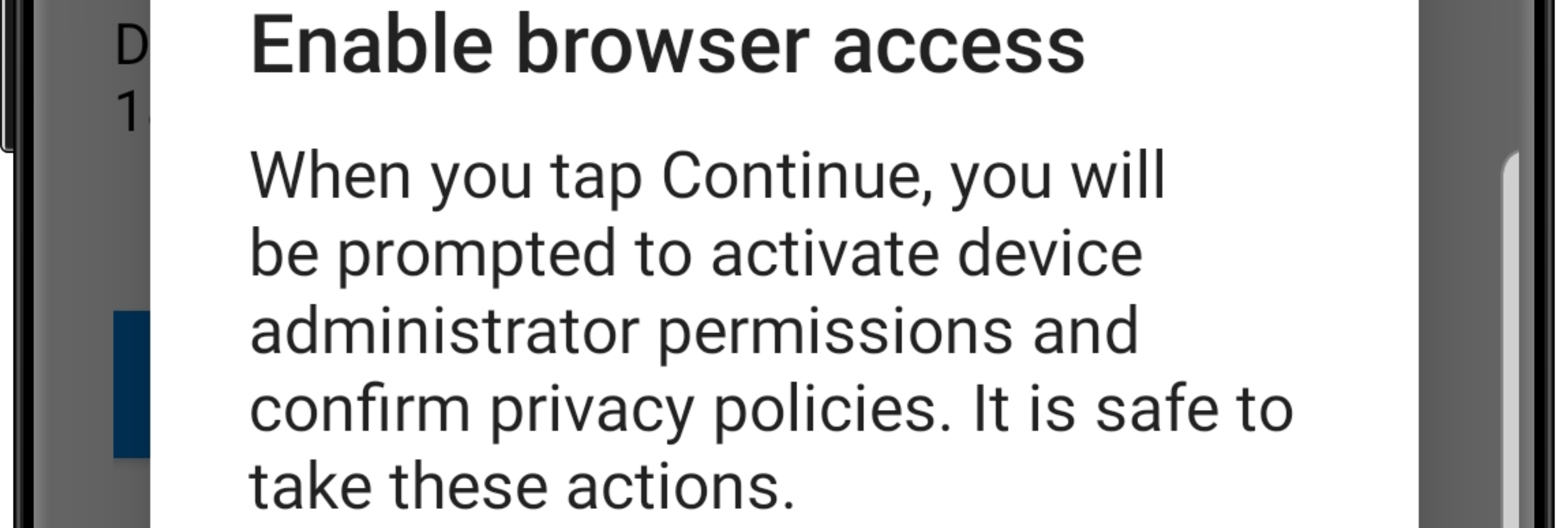Freezing the install of system updates on Android Enterprise corporate-owned devices
This week is all about a very recent new introduced feature for Android Enterprise corporate-owned devices. That feature is the ability to freeze the install of system updates for a period of time. Freezing system updates on Android Enterprise corporate-owned devices enables organizations to stick to a specific version of Android for the specified period of time. That can be usefull to get the right support of the vendor of an app, or to make sure that a specific app works with the latest verison of Android. That level of control makes Android more and more enterprise ready, without the need of additional management tooling (OEMConfig). This post will start with a quick introduction to the freeze period for system updates, followed with the steps …







